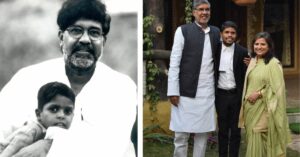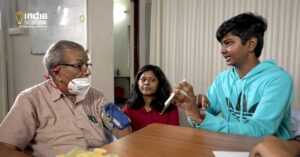Watch: Created by Minor Girls, This Film on Child Marriage Will Open Your Eyes!
Today, few things can be considered as a more significant infringement of human rights than a child being pushed into wedlock even before he or she can grasp what that means.
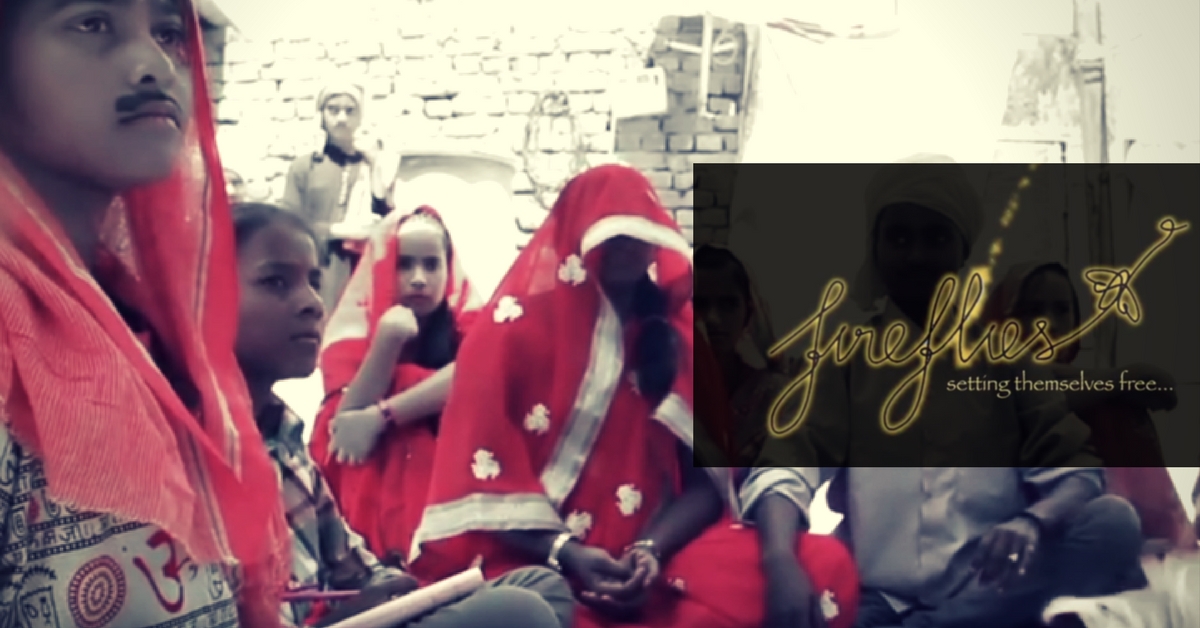
Despite the legal age for marriage in India being 18 and 20 for women and men respectively, child marriage continues to remain a prevalent social evil across the country. This archaic practice that hasn’t found eradication even 70 years after Independence.
Though commonly believed to be a predominantly rural custom, it should dishearten us all to know those underage marriages have been clandestinely practised in even urban sections of the country.
A large upsurge of the practice has been observed between 2001 and 2011. According to a 2011 study conducted by National Commission for Protection of Child Rights (NCPCR) and Young Lives India, 70 districts – spread across 13 states—reported a “high incidence” of underage marriages, accounting for 21% of India’s child marriages.
These states include Andhra Pradesh, Arunachal Pradesh, Assam, Bengal, Bihar, Gujarat, Haryana, Jharkhand, Karnataka, Madhya Pradesh, Maharashtra, Rajasthan and Uttar Pradesh.
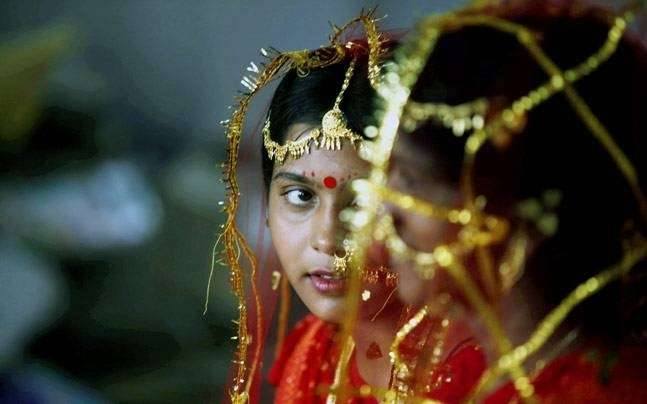
Furthermore, during the National Family Health Survey (NFHS) of 2015-2016, the surveyors were startled to find that almost 26.8 per cent of women falling under 20-24 age-group were already married before turning 18 and that nearly 8 per cent of girls between 15-19 were already mothers or pregnant.
Today, few things can be considered as a more significant infringement of human rights than a child being pushed into wedlock even before he or she can grasp what that means.
Losing formative years of emotional and mental growth, what happens to these children, as an effect of underage marriage, is an overburdening of responsibilities that are too heavy for them to shoulder.
As is the case time and again in our patriarchal system, girls are affected more adversely. Forced to bid goodbye to childhood, education and ambitions, what awaits them is a seemingly bleak future of household duties and family life.
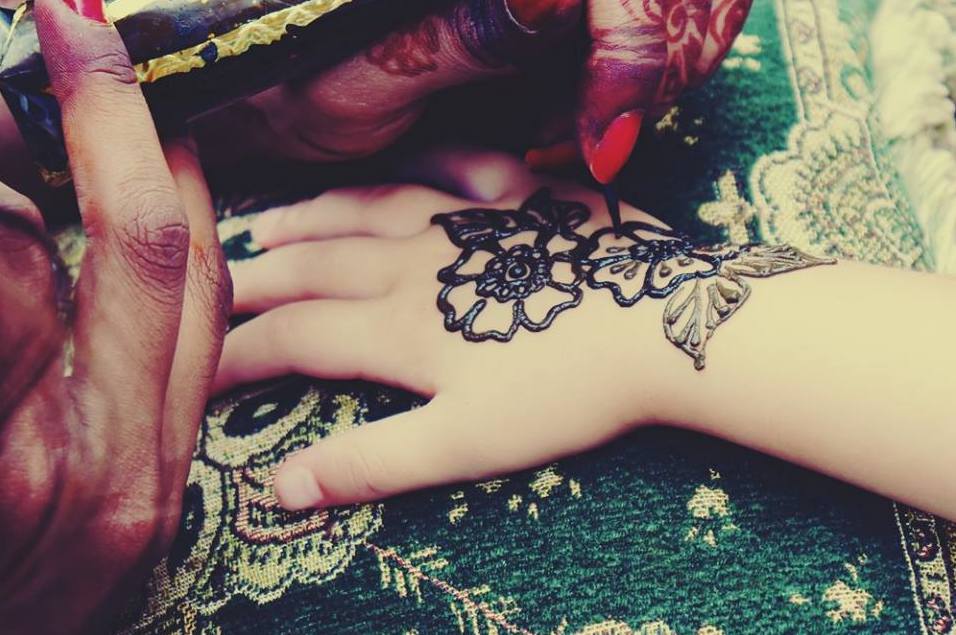
Protsahan India Foundation is an action and advocacy based non-profit organisation that has been fighting against child abuse in the underserved communities of India with a focus on adolescent girls since early 2010.
Specifically reaching out to girls from underprivileged sections of society, the organisation tries to break barriers of neglect, superstition, archaic views and abuse while providing them with tools to break free of an endless cycle of poverty, abuse and neglect through dedicated programmes and workshops.
Project Lightbulb was one such initiative under which experts and volunteers from diverse professions and backgrounds were roped in to ignite the spark of lateral thinking among the girls while giving them vocational and entrepreneurial life skills.
The programme included workshops on photography, baking, performing arts, filmmaking, jewellery and clothes designing, and computers.
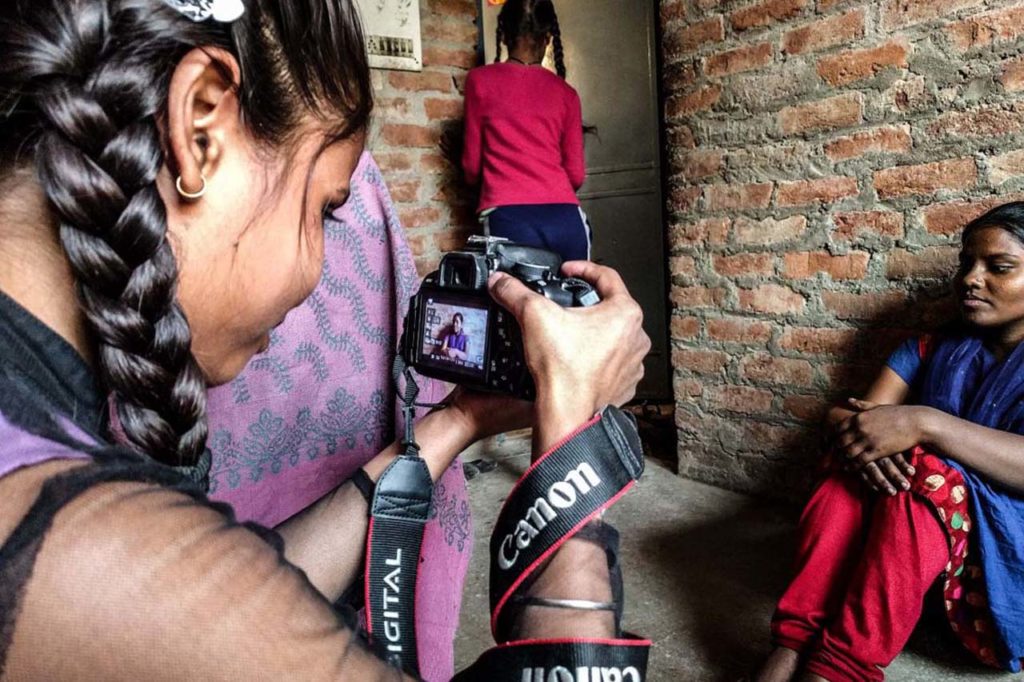
The flagship achievement of the project has been, Fireflies, a film written, produced, directed, edited, and acted by the girls—which brings attention to the issue of child marriage.
Apart from being entirely crowdfunded, these children were assisted by filmmakers and media professionals in close quarters, who encouraged and taught them the intricacies of the process of filmmaking and how it could be harnessed to propagate a socially relevant message.
The plot of Fireflies is set in a village that has been actively practising child marriages. However, the twist in narrative takes off when girls stand up to the tyrannical village chief under whose coercion the villagers agree to marry their daughters before they attain the legal marriageable age of 18.
What follows is a series of seemingly insurmountable challenges and obstacles that the girls must undertake not just to teach the chief a lesson but also pave the way for other girls and their parents to courageously rise above old traditions and customs.
You can watch the film here.
Like this story? Or have something to share?
Write to us: [email protected]
Connect with us on Facebook and Twitter.
NEW: Click here to get positive news on WhatsApp!
This story made me
- 97
- 121
- 89
- 167
Tell Us More
We bring stories straight from the heart of India, to inspire millions and create a wave of impact. Our positive movement is growing bigger everyday, and we would love for you to join it.
Please contribute whatever you can, every little penny helps our team in bringing you more stories that support dreams and spread hope.






